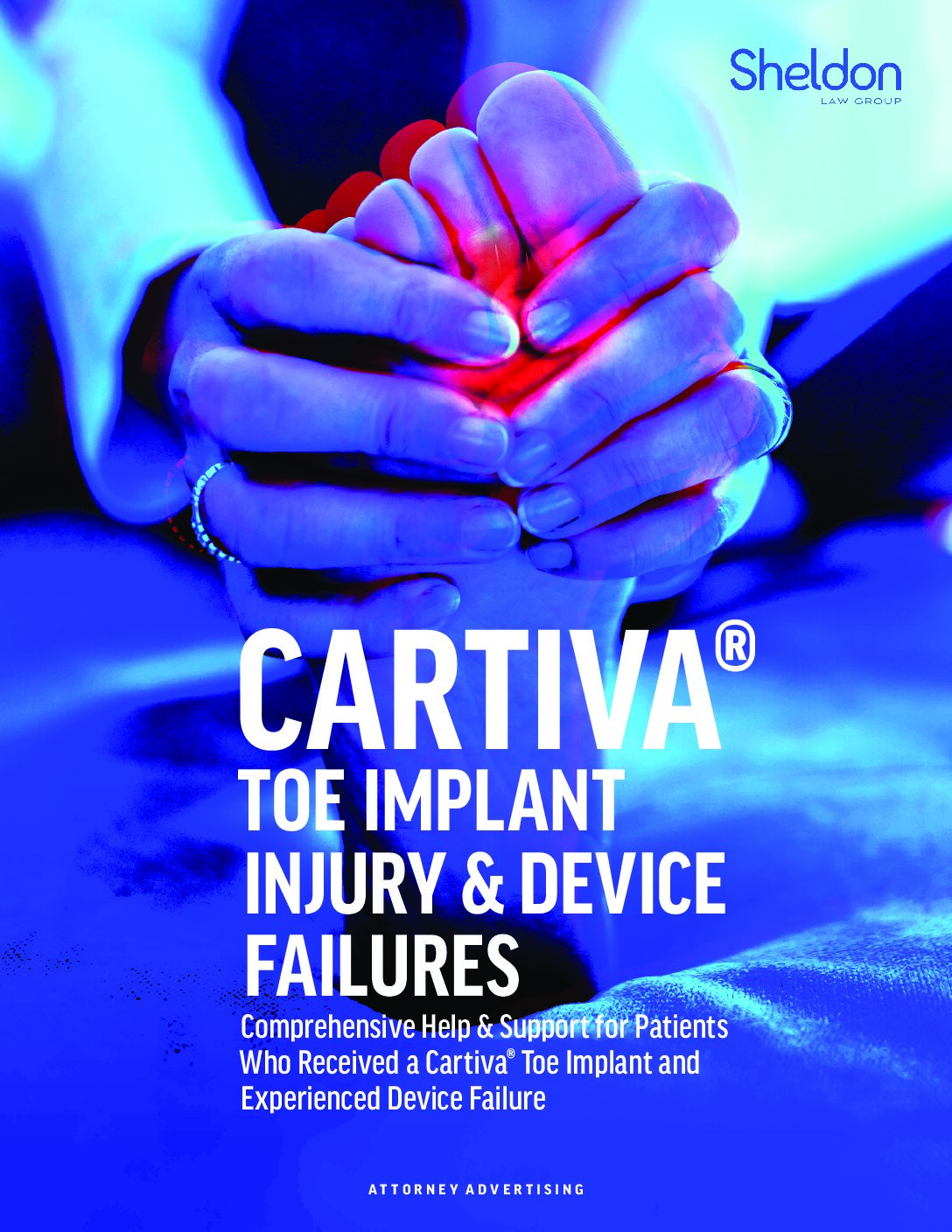The Cartiva Toe Implant
The implant is a device made of a gel-like substance that imitates cartilage on the joint of the big toe. This implant is inserted into the area where the natural joint that has been damaged is located. It provides a cushion to prevent the bones from rubbing together.
When the implant fails, it can cause pain and stiffness, reducing mobility. The joint may become stiffer over time and make it difficult to walk normally or balance oneself.
How Cartiva Fails
The Cartiva toe implant can cause several issues. One issue could be that the device may subside or sink into the bone. When this happens, the patient may suffer significant pain that may require surgeries for revision. The bone of the toe may erode, and the patient may suffer consistent pain and swelling.
Some studies have shown that some study participants did not see improvement two years after the surgery in either pain or stiffness levels, which may cause the need for additional treatments, including surgery to remove the implant.
Aftercare Issues
If a significant amount of bone in the big toe has been removed, repairs are more complicated. Some patients have a shorter big toe, which won’t touch the floor. This can lead to balance issues, since the big toe plays a vital role in balance when a person is walking. The result can include limited mobility that becomes a permanent condition for the patient.





